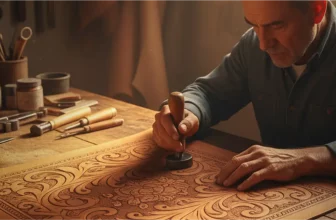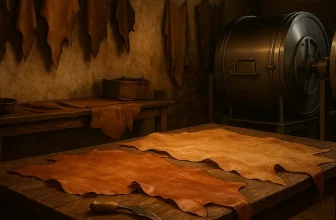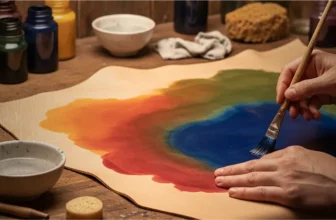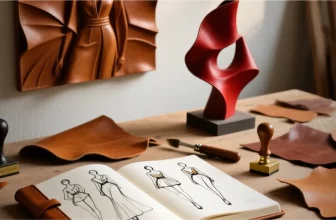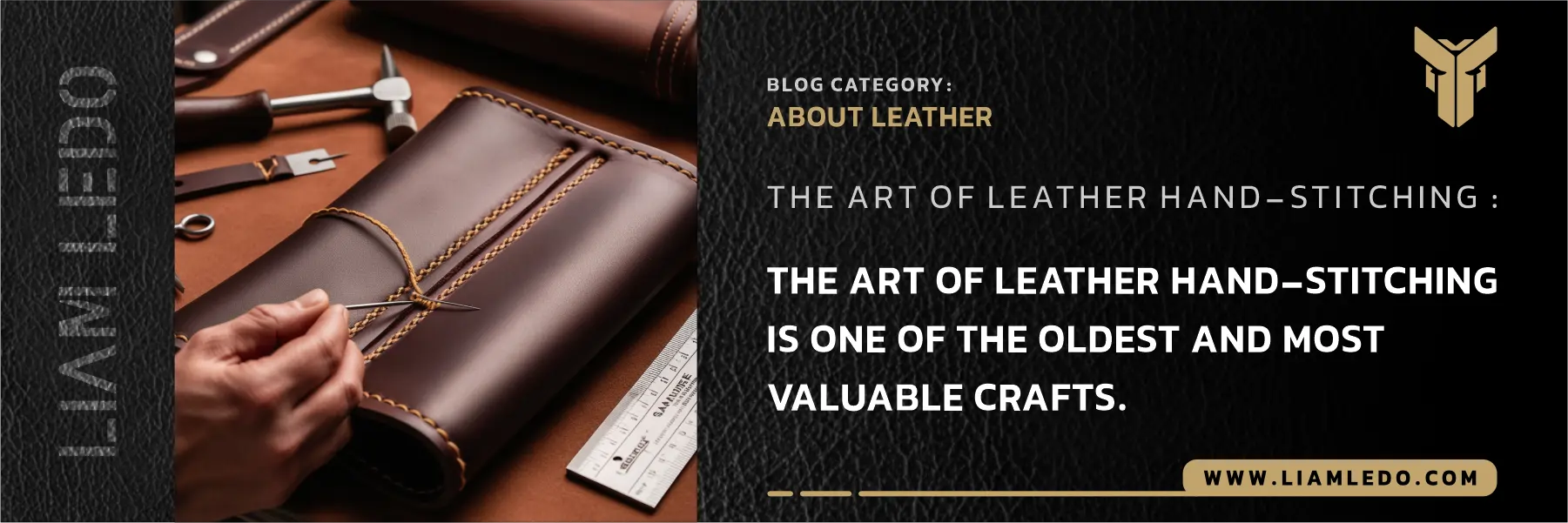
Traditional leather working is one of the oldest and most respected crafts in human history—an art form that combines durability, functionality, and timeless beauty. From ancient civilizations to modern-day artisans, this craft has evolved into a refined discipline involving intricate techniques and specialized tools. In this article, we explore the fundamentals of traditional leather working, including the tools used, hand-stitching techniques, and its applications in today’s world of fashion, craft, and design. By learning about these traditions, we gain a deeper appreciation for the skill and artistry that keep leather working alive across generations.
Learn more about leather and make better choices:
A Brief History of Traditional Leather Working:
Leather working dates back thousands of years, used by ancient Egyptians, Persians, and Romans to create shoes, armor, bags, and decorative items. Over the centuries, hand-stitched leather goods became symbols of prestige, utility, and cultural identity.
In Persia, especially during the Safavid era, leather workshops flourished. Craftsmen used advanced hand-stitching methods and vegetable-tanned hides to create products known for their elegance and durability. These traditions continue to inspire artisans and brands worldwide who seek to preserve the heritage of traditional leather crafting.
Essential Tools and Materials in Leather Working:
Mastering traditional leather work begins with understanding the tools of the trade. Here are the most important materials and instruments used in DIY leather projects and professional studios alike:
- Cutting Tools: Precision knives and rotary cutters are essential for clean edges and custom patterns.
- Stitching Tools: Strong waxed thread and leather stitching needles are used with awls to create even stitch holes.
- Saddle Stitching Kit: This includes an awl, stitching pony, and dual-needle setup. The saddle stitch is known for its strength and is a signature of true traditional craftsmanship.
- Leather Dyes and Finishing Tools: Used for customization and decorative finishing, helping artists achieve unique textures and colors.
- Glue and Mallet: Strong adhesives help pre-bond pieces before stitching, while mallets and stamps are used for embossing designs.
Whether you’re a beginner searching for a leather sewing kit, or a pro looking for premium leather crafting tools, choosing the right materials can make a huge difference in quality and durability.

Key Hand-Stitching Techniques in Traditional Leather Working:
What sets traditional leather work apart from machine-made goods is the attention to detail in its stitching methods. Here are the most used techniques:
- Straight Stitch: A foundational technique used for basic seams and structural stability.
- Edge-to-Edge Stitch: Ideal for securing bag sides and wallets where edges meet perfectly.
- Saddle Stitch: Perhaps the most important method in traditional leather working. This dual-needle technique ensures extra strength and is resistant to unraveling.
- Hidden Stitch: Used in luxury items to keep the surface smooth and polished while hiding the thread inside the layers of leather.
- Chain Stitch (Decorative): Often used in hand-stitched leather accessories to add a stylish or personalized touch.
Each technique requires patience, precision, and a solid understanding of how leather reacts under pressure—skills honed through years of practice.
The Leather Working Process: Step by Step
Whether you’re crafting a wallet or a luxury bag, the process of traditional leather working follows a systematic flow:
- Design & Pattern Drafting: Begin by sketching the item and creating templates.
- Leather Selection & Cutting: Choose the type of leather based on the item. For example, vegetable-tanned leather is perfect for belts or sheaths.
- Punching & Stitching: Use an awl to make holes, and follow up with saddle stitching or another technique. Consistency in spacing and tension is critical.
- Edge Finishing: Sanding, dyeing, and burnishing edges give the piece a polished look.
- Decorative Work: Use leather stamps, embossing tools, or dyes to personalize the product.
- Assembly & Final Finishing: Apply protective coats and assemble hardware like snaps or zippers.
This process may take hours or even days, depending on complexity, but the result is a product of enduring value.
Applications of Traditional Leather Working Today:
Traditional leather working isn’t just a nostalgic craft—it has wide applications in modern industries:
- Fashion & Apparel: Hand-stitched bags, belts, wallets, and shoes are highly valued for their design and durability.
- Art & Decor: Artists use leather to create wall art, mixed media pieces, and sculpture. These pieces often appear in high-end galleries.
- Lifestyle Products: Items like hand-stitched laptop sleeves, book covers, and journals are stylish and functional, appealing to minimalists and professionals.
- DIY & Hobby Crafts: Many hobbyists enjoy creating leather keychains, wristbands, or tool rolls as a form of creative expression or gift-making.
Advantages of Leather Hand-Stitching:
Why choose handmade leather products over machine-made alternatives? Here are a few reasons:
- Superior Durability: Techniques like saddle stitching provide unmatched strength.
- Unique Aesthetic: Each item bears the marks of craftsmanship—subtle imperfections that enhance authenticity.
- Customization: From initials to colors and shapes, traditional leather allows for limitless personalization.
- Sustainability: Using vegetable-tanned leather and long-lasting construction methods reduces waste and supports ethical fashion.
Challenges and Important Considerations:
Despite its beauty and value, traditional leather working comes with challenges:
- Time-Intensive: Crafting by hand takes hours, even for small pieces.
- Skill-Dependent: Errors in cutting or stitching can ruin an entire product.
- Higher Cost: Due to quality materials and manual labor, handmade items cost more—but they also last longer.
- Maintenance Required: Leather requires proper care, such as occasional conditioning and storage in dry, cool environments.
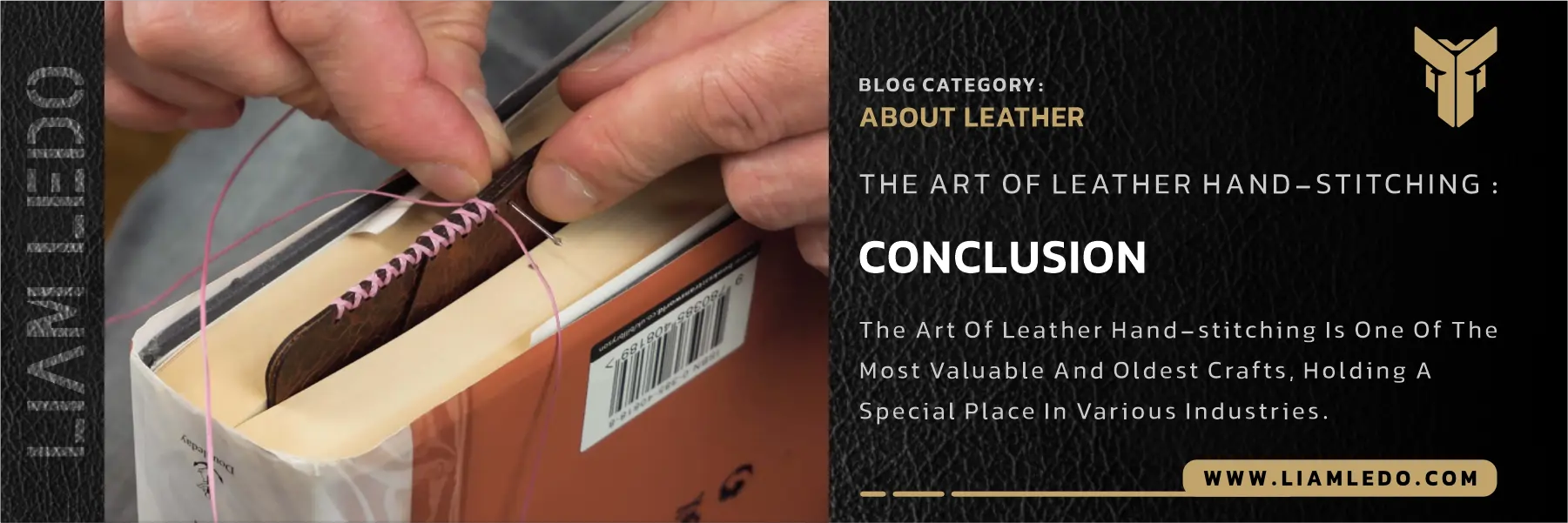
Conclusion:
Traditional leather working is more than just crafting—it’s storytelling through skill, patience, and passion. In a world of mass production, hand-stitched leather items offer something rare: authenticity, durability, and beauty. Whether you’re a collector, fashion lover, or curious beginner, diving into this timeless craft opens the door to a rich, rewarding experience.
If you’re ready to begin your journey, explore some of the best leather crafting tools and kits available, and let your first DIY leather project be the start of something truly handmade and unforgettable. With the right tools and guidance, you can unlock your creativity and build skills that will last a lifetime.
Source: The Gentleman’s Gazette | Wikipedia



